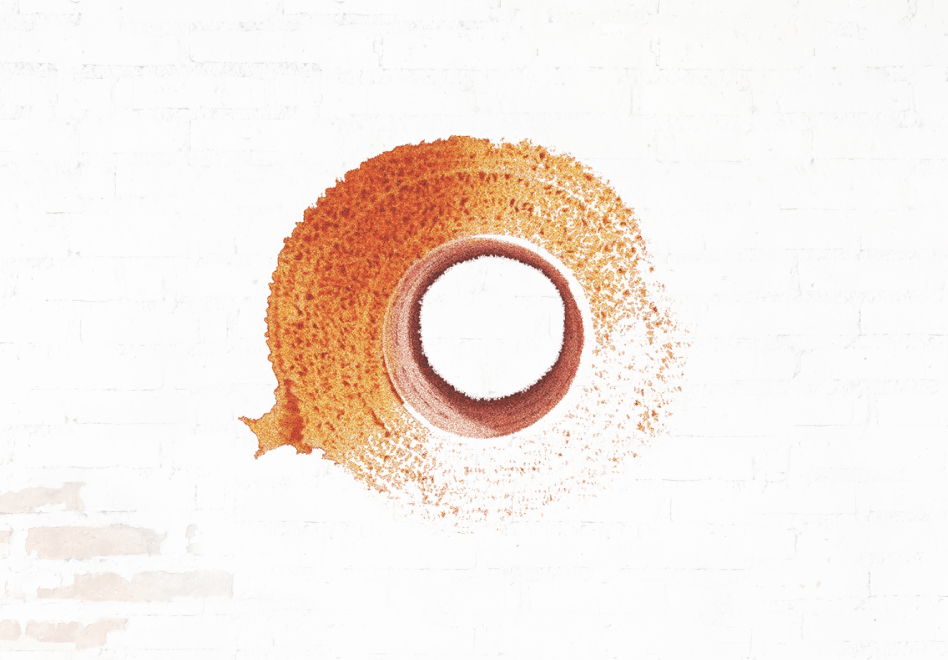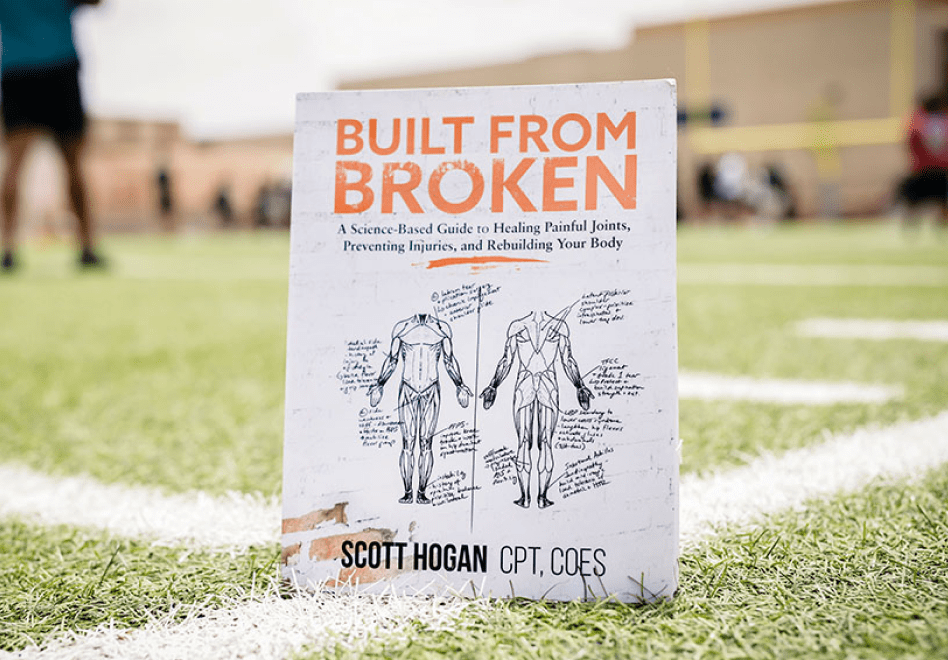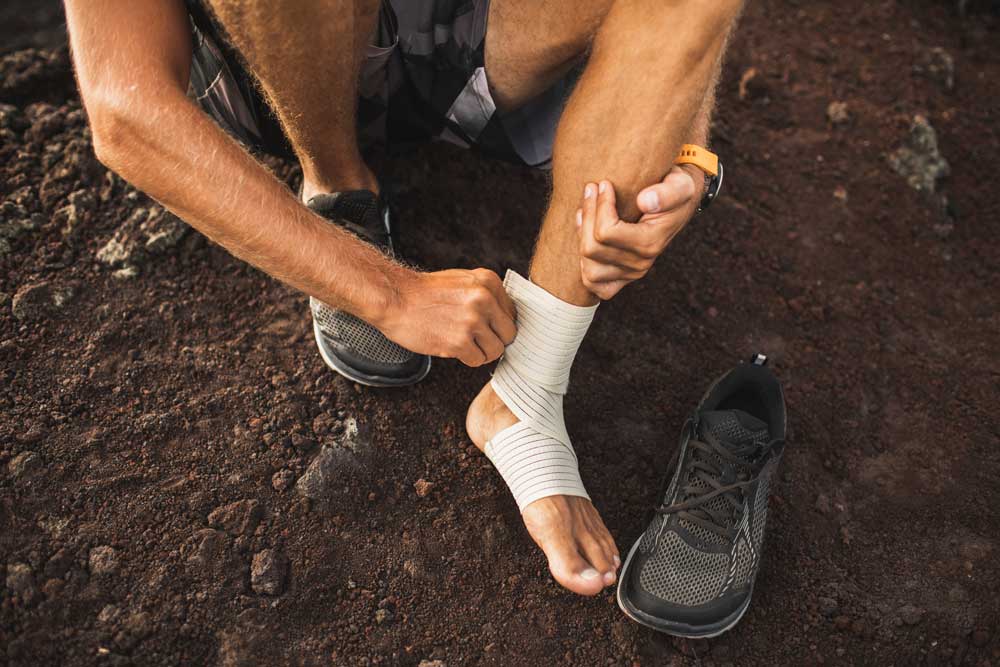
Be built (to last).
The right supplements can help you recover naturally and build a resilient body.
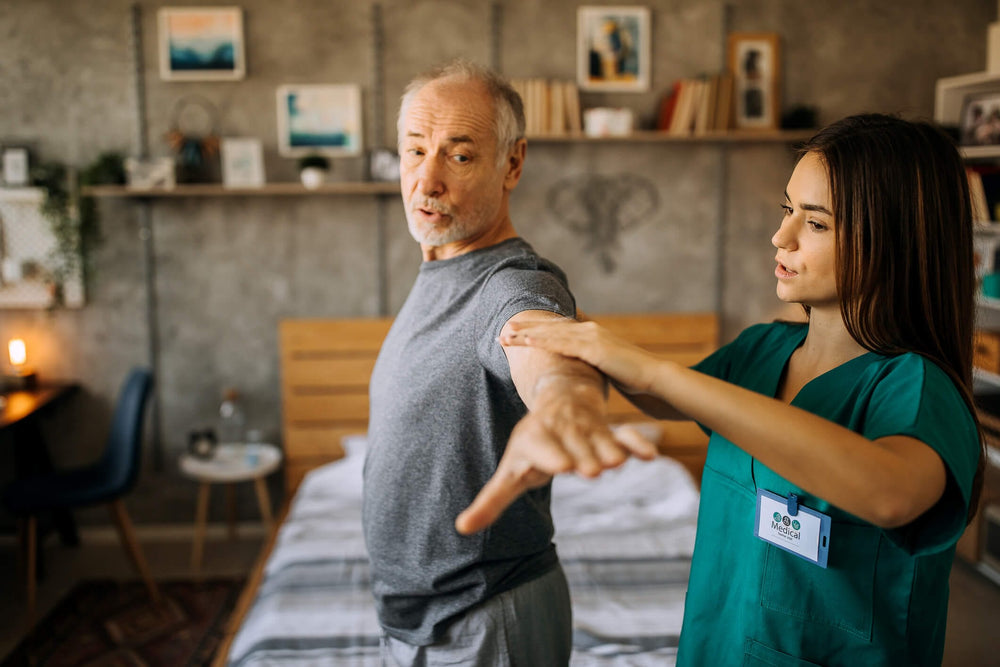
Supplement Quiz
Take this short quiz to discover the perfect supplements for your needs and goals.
About SaltWrap

Built from Broken
Get the best-selling book from SaltWrap founder, Scott Hogan, and start rebuilding today.
Three Easy Ways to Relieve Joint Pain in Cold Weather
By Joe Zagami
If you’re asking, “why do my joints hurt when it’s cold,” don’t worry. You’re not alone. It’s why we’ve created this definitive guide to cold-weather joint pain. Below you’ll see five reasons why cold weather can make joint pain worse – or cause it in the first place.
More importantly, you’ll discover the three best remedies for cold-weather joint pain. (Don’t let their simplicity fool you – these easy natural remedies are super effective.)
Let’s dig in.
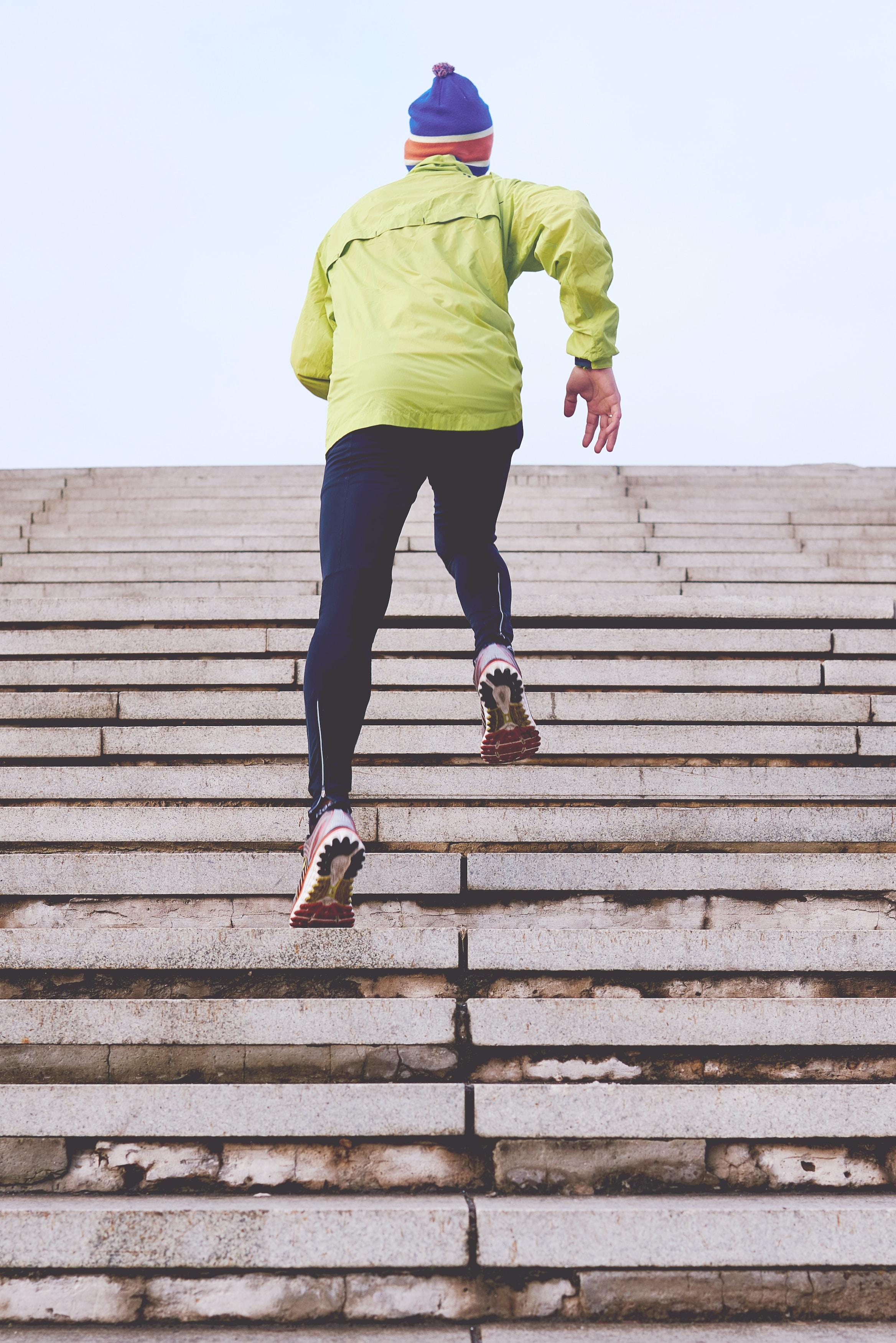
Does Cold Weather Cause Joint Pain?
First, let’s clear the air. The short answer to this question is a resounding “YES!” Cold weather can take joint pain and discomfort from nagging injuries or plain old wear and tear to new levels of misery. Nearly 70% of people with chronic joint pain report being sensitive to weather.1 But cold-weather days can make anyone’s joints feel stiff and slow. That’s because cold weather can cause joint pain and discomfort in people with no history of it.
It doesn’t matter if you’ve struggled for years with nagging joint pain or woke up one freezing morning with stiff, creaky knees. Cold weather can make even the healthiest joints feel brittle and weak.
That’s the bad news.
The good news is that if you know the five simple reasons why cold weather causes or worsens joint pain, you can keep your joints in top shape all winter. No matter what next week’s forecast looks like.
Five Ways Cold Weather Causes Joint Pain
As far as we know, joints don’t have a built-in thermometer. That means the low temperature itself doesn’t trigger cold-weather joint pain. Rather, it’s a combination of these five unique factors working together once temperatures drop.
Here are the five ways cold weather causes joint pain:
Thicker Joint Fluid
Most people only think about cartilage when it comes to joint health. It’s important. But it’s only part of the bigger picture. Synovial fluid is just as important – perhaps more important – when it comes to maintaining comfortable, functional joints.
In short, synovial fluid, or synovia, is a fluid that lubricates joints. Its consistency is thick and slick, like egg whites. This makes it great for reducing friction between joints.2 Synovial fluid levels tend to get lower as we age, which may help explain why joint pain and discomfort tend to present with age.
But in the case of joint pain in cold weather, we’re not as concerned with quantity as we are with consistency.
Cold temperatures can cause synovial fluid to thicken. When this happens, its consistency can become gel-like. This makes it harder for synovial fluid to move freely throughout the joint. And that means less lubrication.
Even if you have optimal synovial fluid levels, cold weather can make it feel like you’re running on empty. It’s why even young athletes with no history of joint pain or any other joint-related issues will feel stiff, crackly, or creaky in cold weather.
Pressure Changes
We all know that a cold front will cause the temperature to drop. Again, your joints don’t care what the windchill forecast says. Barometric pressure is a different story. You might also hear it referred to as atmospheric pressure. Either way, we’re talking about the same thing: the weight of air.
The weight of the air changes with the weather. Warm weather means higher pressure. Cold weather means lower pressure. Now, higher pressure might sound bad (who likes pressure?), but this is what your joints prefer.
When pressure drops, it can cause joint tissue to expand. And that expansion can cause pain in your joints. The effect can be even more dramatic – and painful – with sudden pressure drops. This helps explain why that first day of freezing weather, or a sudden or unseasonable cold front, can be extra tough on joints. And it explains why some people swear that cold weather makes joint pain or old injuries flare up.
You don’t have to be a meteorologist to track barometric pressure. Most weather reports – whether from a local TV station or an app on your phone – include a pressure reading. If you’re concerned about joint pain, keep an eye out for big or sudden drops next time you look at the forecast.
Sensitive Nerves
Have an old or nagging injury? If so, you’ve likely got some leftover scarring and inflammation. (Most active people have some degree of both.) Both factors can cause nearby nerves to become extra sensitive.
This isn’t a problem for most people in warm weather. But as you know, joint tissue can expand once the temperature drops – and takes pressure levels with it.
Yes, this can cause joint pain and discomfort by itself. But if scarring or inflammation from an old or nagging injury has left you with sensitive nerves around your joints, these nerves can “overreact.” This can make the pain seem extra intense.
On the one hand, it’s reassuring that sensitive nerves are just overreacting and exacerbating the pain. But joint pain and discomfort are never fun to deal with – no matter what’s behind it.
Poor Circulation
The body activates an odd (but very useful) automatic safety measure when the temperature drops. It sends more nutrient- and oxygen-rich blood to your heart and lungs. That’s a good thing in terms of survival.
But in terms of joint pain? It’s a recipe for disaster.
This “rerouting” of blood away from the extremities can leave joints, pardon the pun, out in the cold. Hands, feet, knees, and shoulders aren’t just robbed of warmth from circulating blood. They’re also deprived of oxygen and critical nutrients.
Unlike a sudden pressure drop, this isn’t likely to cause what might feel like a flare-up of joint pain or discomfort. But over the course of a long and cold winter? The lack of nutrients and oxygen can take its toll and make matters worse.
Less Physical Activity
It’s cold. It’s dark. And it’s early. We’ll admit that the winter months can make any morning exercise routine – especially when it comes to outdoor activity – seem less than appealing. But don’t fall for this trap.
When it comes to maintaining healthy and comfortable joints, staying active is even more important during the cold winter months. Inactivity will only make matters worse. Exercise doesn’t just help push blood and nutrients into your joints. Studies have shown that exercise is also a recipe for fighting inflammation and optimizing synovial fluid function.3
And if you can make just one tweak to your exercise routine (see below), your joints may be even better equipped for cold temperatures.
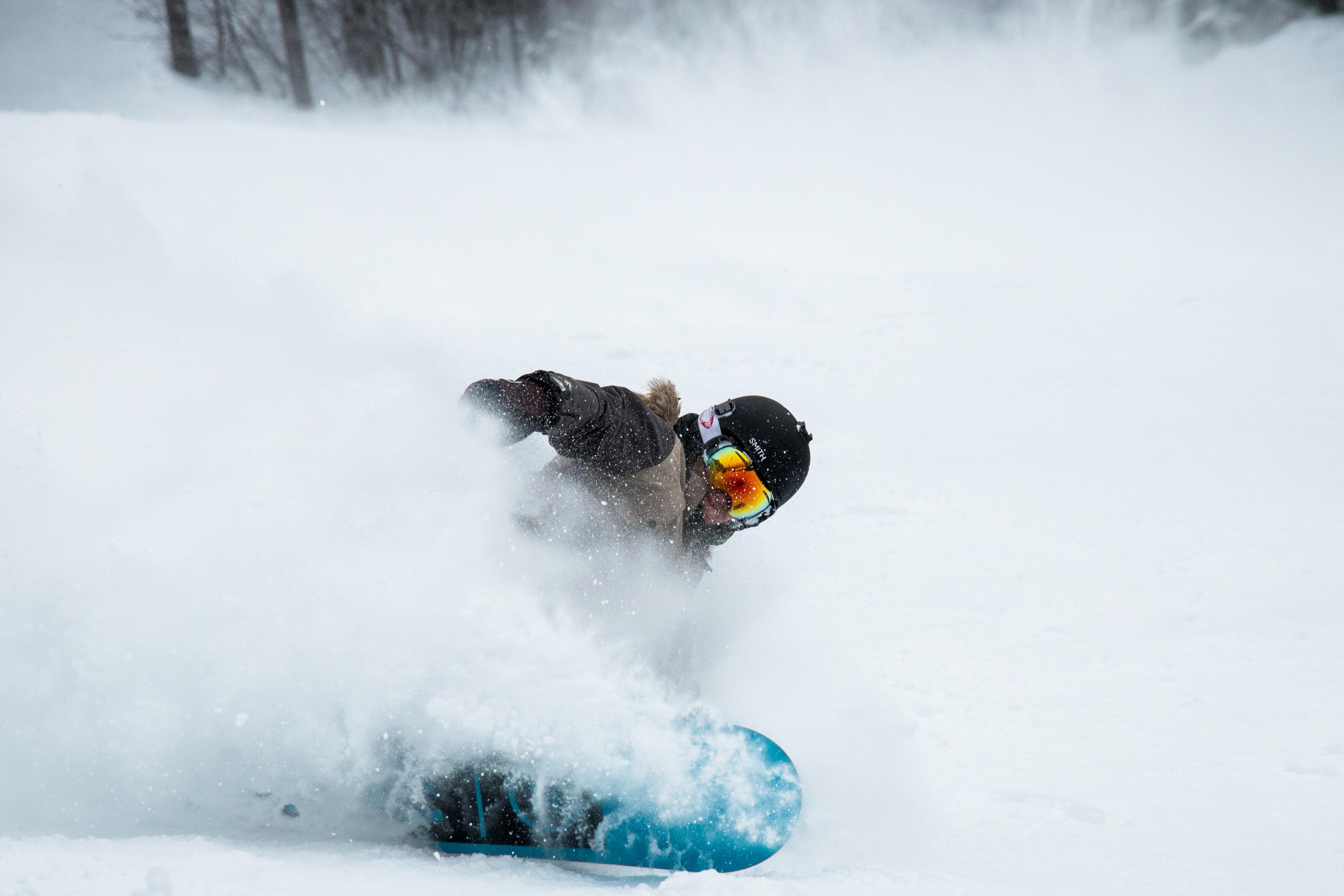
The 3 Best Remedies for Cold-Weather Joint Pain
There’s no shortage of tricks and tips out there for easing joint pain and discomfort. The problem is that many of them don’t offer long-term results. Even “gold-standard” medical treatments like steroid injections provide only temporary relief. (And many come with their drawbacks and potential risks.)
That’s why we distilled all of it down into what we believe to be the three best natural remedies for cold-weather joint pain. With a little bit of consistency, these simple – but effective – solutions can keep joints feeling smooth and comfortable for years to come:
Feed Your Joints
It may seem too good to be true, but you’d be amazed at how much everyday joint pain and discomfort can be alleviated – or eliminated – with food. The best place to start is to follow a real anti-inflammatory diet. Numerous studies have shown anti-inflammatory foods can help prevent and manage joint pain.4 Add enough healthy fats and antioxidant-rich foods, and you may be surprised at how much better your joints start to feel.
With healthy fats, it’s hard to beat the omega-3 fatty acids from wild-caught fish (we like salmon) or even a quality fish oil supplement. And for antioxidants, you can’t go wrong with dark leafy greens and organic berries. These foods can also help optimize the body’s natural synovial fluid production. Less inflammation plus more lubrication equals better joints.
Get Active Early
Remember what we said about skipping exercise being a trap?
Well, putting it off until later in the day won’t do you any favors, either. The sooner you can push blood and nutrients into your joints with low-impact exercise on a cold day, the better off they’ll be. The more you can do, the better.
But we understand that might be tough if you wake up with joint pain right out of the gate. The good news is that even something as simple as 30 minutes of steady-state cardio on a stationary bike – in your nice, warm house – will set you up for more comfortable joints for the rest of the day. If you tend to do resistance exercise early in the morning, try adding a few extra minutes of light cardio before you lift to get your joints warmed up and ready for action.
"The sooner you can push blood and nutrients into your joints with low-impact exercise on a cold day, the better off they'll be. The more you can do, the better."
Support Your Collagen Synthesis
If you want to optimize joint health and bulletproof your connective tissue, you need to support your body’s natural collagen production. Trying to build healthy joints without adequate natural collagen synthesis is like trying to build a skyscraper without scaffolding.
It’s not going to happen.
Now, most generic collagen supplements fall short when it comes to optimizing joint health. But don’t worry. There are simple and natural ways to optimize collagen production. And there are also some surprising factors – like NSAID usage and caffeine intake – that can hinder natural collagen production.
We give you everything you need to succeed in The Definitive Guide to Collagen Synthesis.
Putting It All Together
It’s not in your head. Cold weather really can make joint pain worse. And not just because “it’s cold out.”
Lower temperatures are just the catalyst for joint pain and discomfort caused by things like inactivity and thicker synovial fluid. Luckily, with some know-how and proper planning, you can set your joints up for all-day comfort – no matter what the forecast calls for.
Getting active early in the day will give joints the nutrient-rich blood they need to function at their best right. Eating an anti-inflammatory diet may help keep joint pain under control or eliminate it altogether. And, of course, supporting collagen synthesis will help build a stronger foundation of joint health that can benefit you in any weather.
We can’t control the weather. But we can control how our joints respond to it. With everything you’ve just read in this article, you should be well-equipped to see significant improvements in joint comfort by the time the next cold front blows through your town.
Need Some Extra Joint Support?
When it comes to building healthy and comfortable joints, there are no shortcuts. Nothing can take the place of a good diet, a well-designed exercise routine, and sufficient recovery. That said, we can all benefit from some extra joint support. Especially when those temperatures start dropping.
Remodel Clinic™ is the first joint-remodeling formula to target the root cause of joint stiffness and mobility restrictions by leveraging senescent cell clearance to support joint mobility, help reduce stiffness, and promote healthy tissue turnover.
It's so powerful, legendary photographer and adventurer Chris Burkard uses Remodel Clinic™ to stay out in the wild longer and come back stronger:
Click the button below to learn more about Remodel Clinic™.
Founder: Scott Hogan

I created SaltWrap to bring together the most practical ideas in therapeutic sports nutrition, corrective exercise, and functional fitness — with the goal of keeping you (and myself) strong, mobile, and built to last.
I've worked as an A.C.E. Certified Personal Trainer, Orthopedic Exercise Specialist, and nutritional supplement formulator.
But more importantly — I've spent most of my life battling injuries, joint pain, and just being plain beat up. So I know what it's like to struggle toward fitness goals.
SaltWrap is here to push you through injuries, setbacks and perceived physical limitations. To a place beyond what you think you're capable of. Sign up here to stay in the loop.
Learn more about my best-selling injury prevention and recovery book, Built from Broken.

